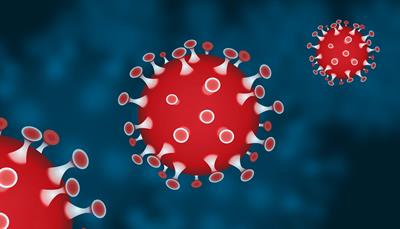
PUMPA - SMART LEARNING
எங்கள் ஆசிரியர்களுடன் 1-ஆன்-1 ஆலோசனை நேரத்தைப் பெறுங்கள். டாப்பர் ஆவதற்கு நாங்கள் பயிற்சி அளிப்போம்
Book Free DemoVirus in Latin means 'poison'. Viruses are very tiny organisms 10,000 times smaller than bacteria.
Viruses are the reason for many communicable diseases.
Epidemics and pandemics are caused by viruses such as 'Ebola' and COVID-19.
Viruses are obligate parasites or holoparasites. This type of parasites require a host to complete its life-cycle. Without a host, an obligate virus cannot reproduce.
Structure
- Virus has a simple structure.
- It has an outer cover of protein inside which there is a core genetic material either DNA or RNA.
- Viruses have different shapes, like rod, spherical, helical, etc.

- Some viruses have spikes made up of lipids or carbohydrates. These spikes help them to attach to hosts. The image below shows the coronavirus with spikes.

Characteristics
Viruses show both the characteristics of a living organism as well as non-living organism. The table below summarizes their characteristics:
| Living characteristics | Non-living characteristics |
| Viruses reproduce like living things | They are acellular and thus have no cytoplasm or cellular organelles |
| Viruses can mutate | Viruses do not grow |
| Viruses respond to heat and cold | They can be crystalized and stored like a material |
| Viruses are influenced by chemical and radiation | They are inactive if present in the environment like dust particles |
Important!
Do you know:
What is the study of viruses called?
Virology!
What is the study of viruses called?
Virology!